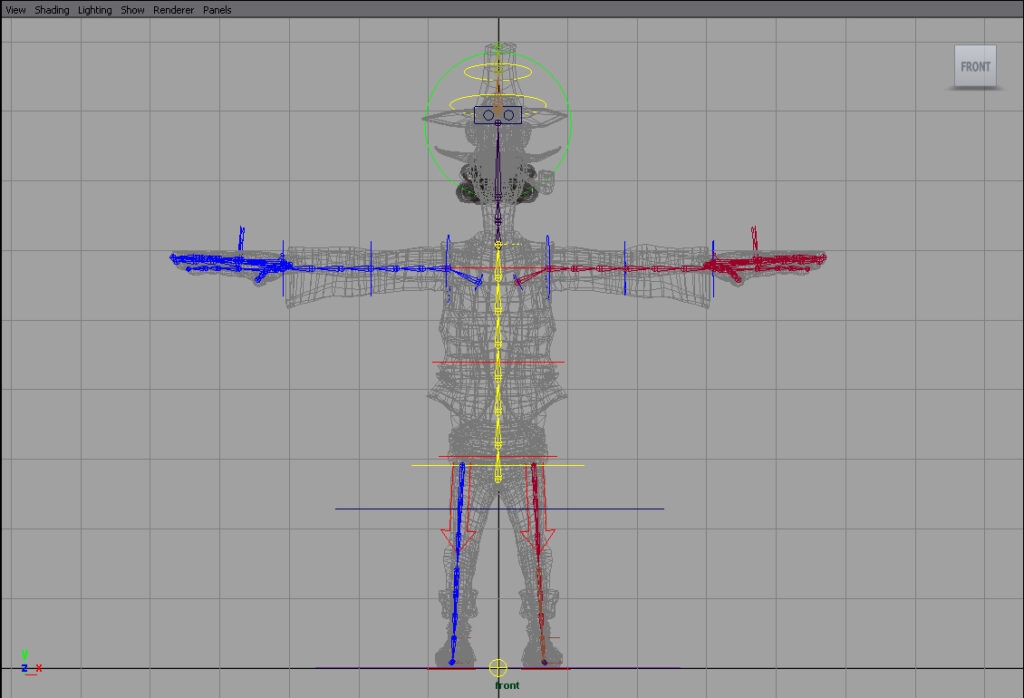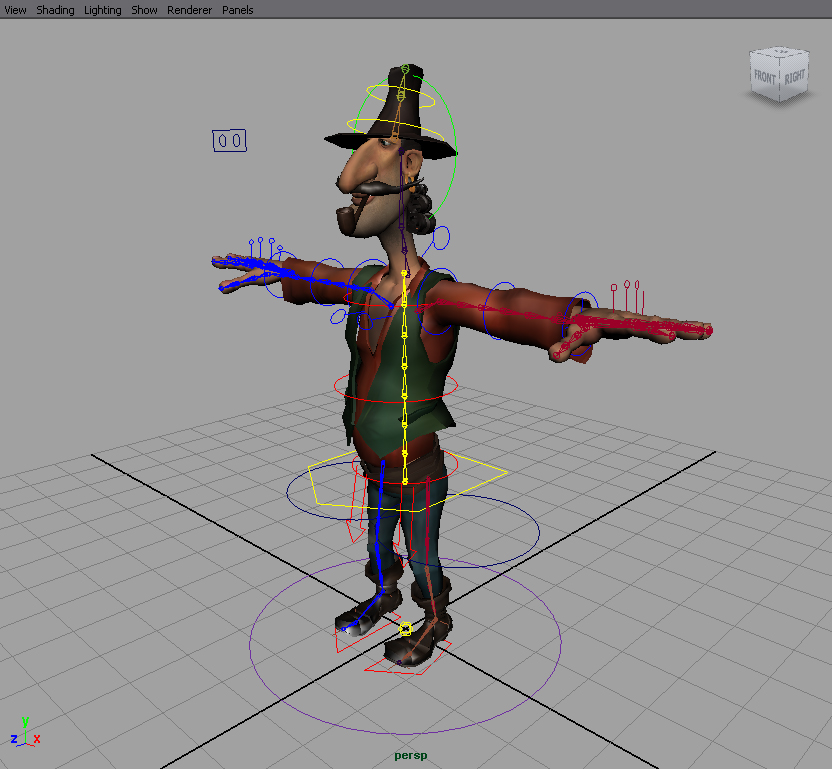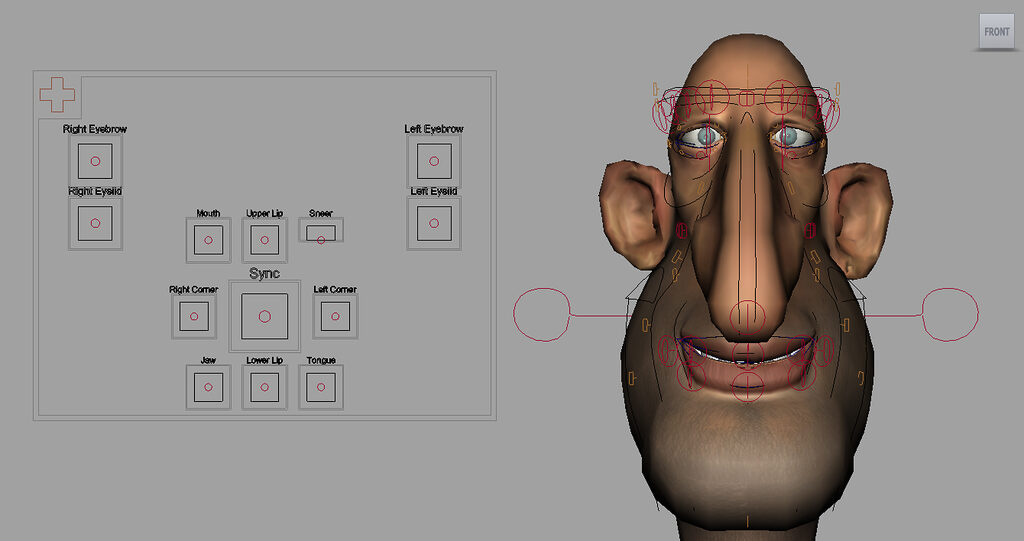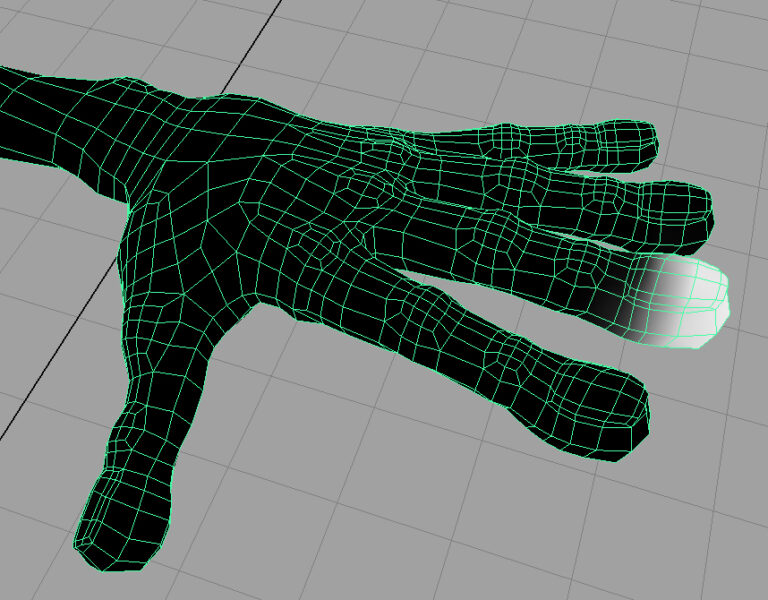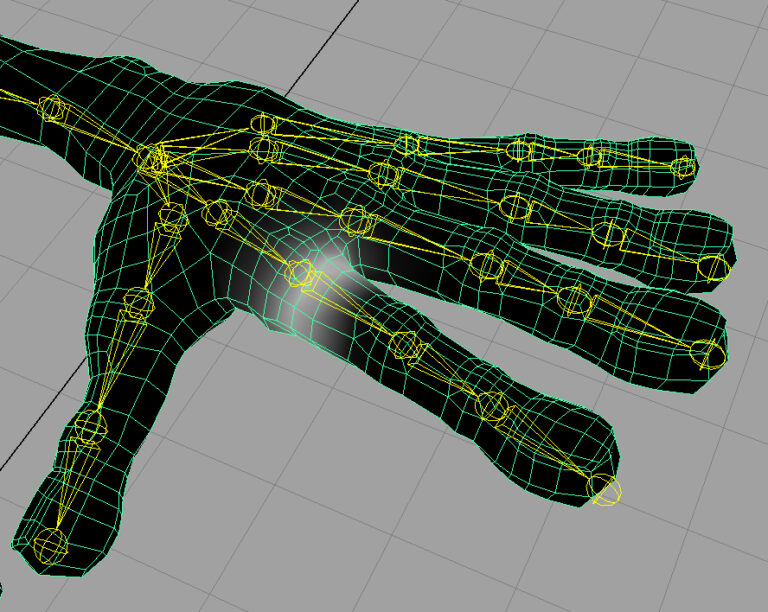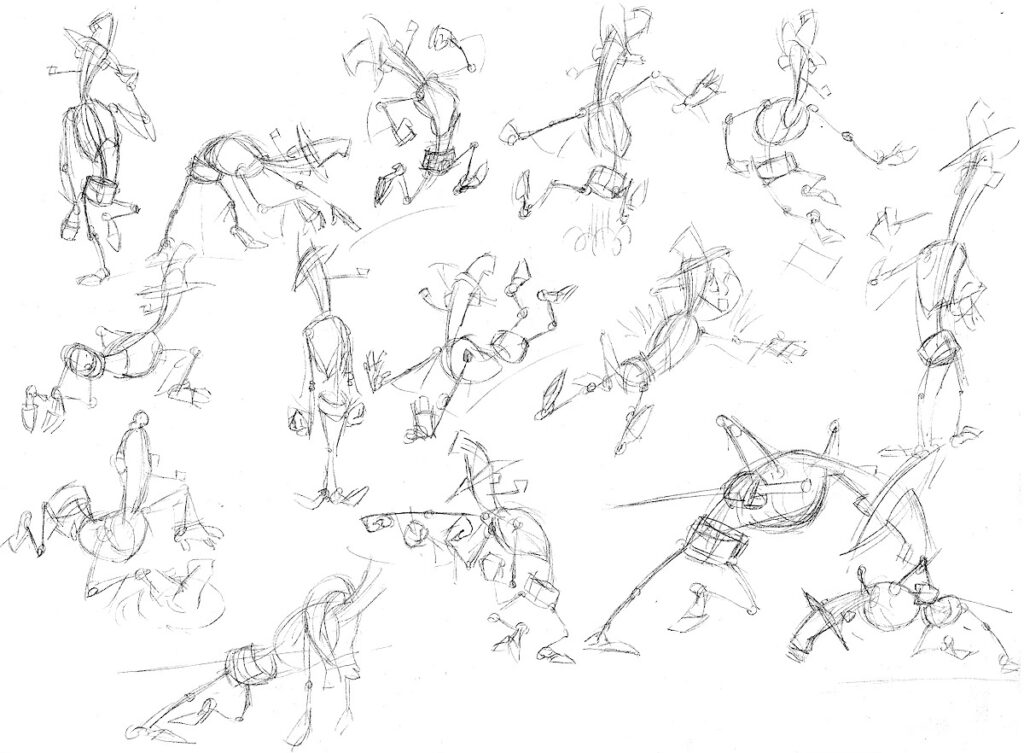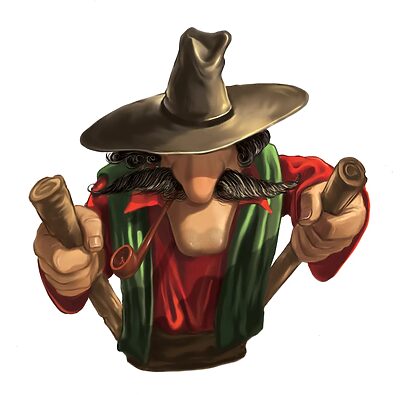Not enough bones for you…
To make a character move in a cartoon, it must have a so-called “skeleton” made up of “bones”. Basically, these are similar to the real bones that make up all humans and animals. Also, inside the character models there are points where the bones come in touch with each other. Sort of joints and hinges.
A character may require between 30 and 120 bones, depending on how difficult the character is. Actually, the more bones, the more natural the character’s behavior is. Just like in real life 🙂
Everything combined – the bones and additional elements – is called a rig; the process of building the skeleton and the control elements is called rigging; and the specialist who can do it all is called a rigger. If you’ve ever been to a puppet theater, you’ll know exactly what we’re talking about: the puppeteer rigger pulls the strings and the puppet characters move.
This is followed by the very time-consuming stage of “binding” the model to the skeleton. It is needed so that the animators could continue to do their work in peace, not worrying about the possibility that, for example, at the bend of the hand, the skin is not folded properly.
This is a very painstaking job, too, and if the model has a lot of wrinkles and folds, it can take a long time. Usually until the director says, “Enough!” After all the preparations, our character is ready to be animated.
Video:
First step
Allright, we’ve got the cart done. And we’re done with modeling, texturing, rig and skin for the Gypsy. Now it’s time to try it all out, which means we’ll be animating!
You’ve probably noticed the expressiveness of characters in cartoons made in Western Europe. It’s not just the appearance of the character that makes the difference. At least half of the overall impression depends on the animation.
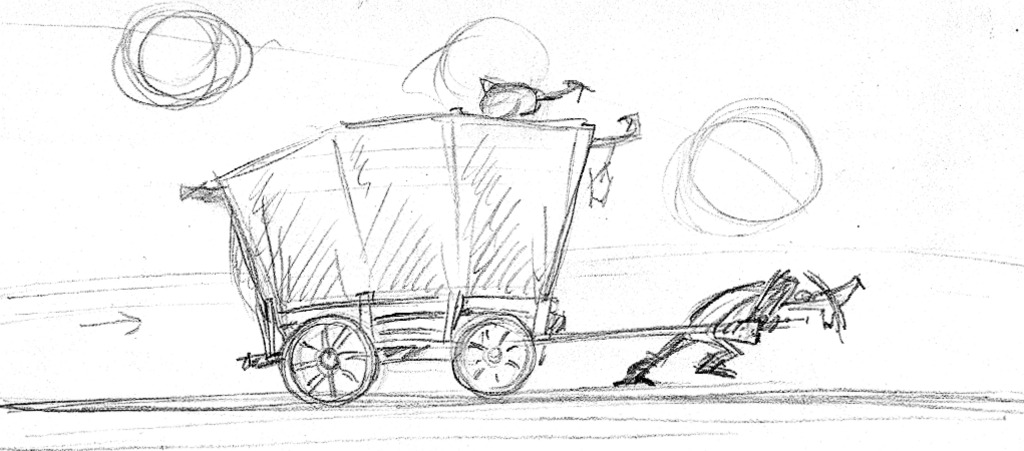
The first tests were to reproduce the motion and the scene of the Gypsy dragging his cart. In order to understand how our character should move, we decided to first film people doing these movements.
Next, the animator had to transfer the actions of the man to our Gypsy. This is done in the following way: with the help of control elements, which include the character’s rig, our character is placed in key positions, and the computer calculates intermediate poses, or rather coordinates of points in the space between the initial and final keys (key poses).
For instance, in order for Gojo to raise his hand, it is not necessary to set the keys in each frame; it is sufficient to specify only the start and end points of the animation. This property of computer animation greatly simplifies the work in comparison to the classic, i.e., drawn animation.
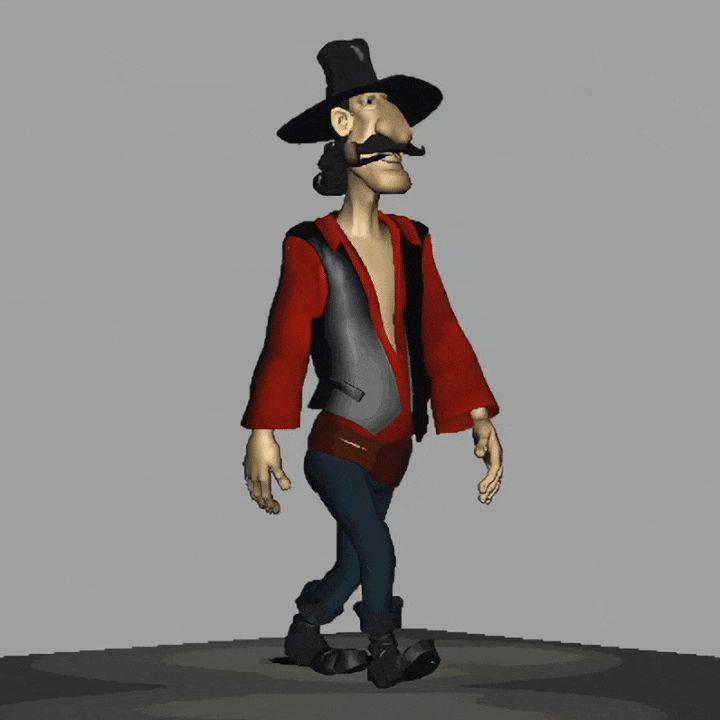
We’re done with the first animation: the Gypsy started to move, but something about his movements looked artificial and lifeless. He looked more like a puppet than a cartoon character. After analyzing the situation, we realized that it happened by our mistake. We had tried to transfer the actions of a real person to a cartoon character, and it turned out that we shouldn’t have done that. We had to develop the character animation on paper by drawing the phases of motion, thus making the character more cartoon-like.
When the phasing (i.e., drawing the intermediate frames between the main character poses) was done and passed on to the animator, the animator adjusted the character to the phases drawn by the artist, using the control elements of the rig. Work results were noticeably different.
Actually, the general principles of computer animation are practically the same as classical animation. They can easily bring character movements to life, making them more natural and, accordingly, more attractive and sympathetic.
Compression and stretching are among these principles. Any animate or inanimate object stretches or compresses as it moves, such as a ball when it flies and collides with an obstacle. The main condition of this principle is the preservation of the volume of the object, i.e., if there is compression, it must be compensated by stretching.
Another important principle is preparation or anticipation. Every action is preceded by an anticipatory action, e.g., a person must first swing before throwing or crouch before jumping. This principle is used everywhere, for example, before turning the head, the character must first look in the direction of the turn, etc.
In almost all cases, secondary movements should be added to the main animation, such as blinking, raising and lowering the ribcage to show the character’s breathing. A dangling lantern or teapot on a cart adds liveliness and naturalness to the animation.
The list of animation principles described above is far from complete. In our next blog posts we will try to supplement it and tell you more about computer animation.
Let’s watch:
Next, we’ll be adding tissue and rendering.
